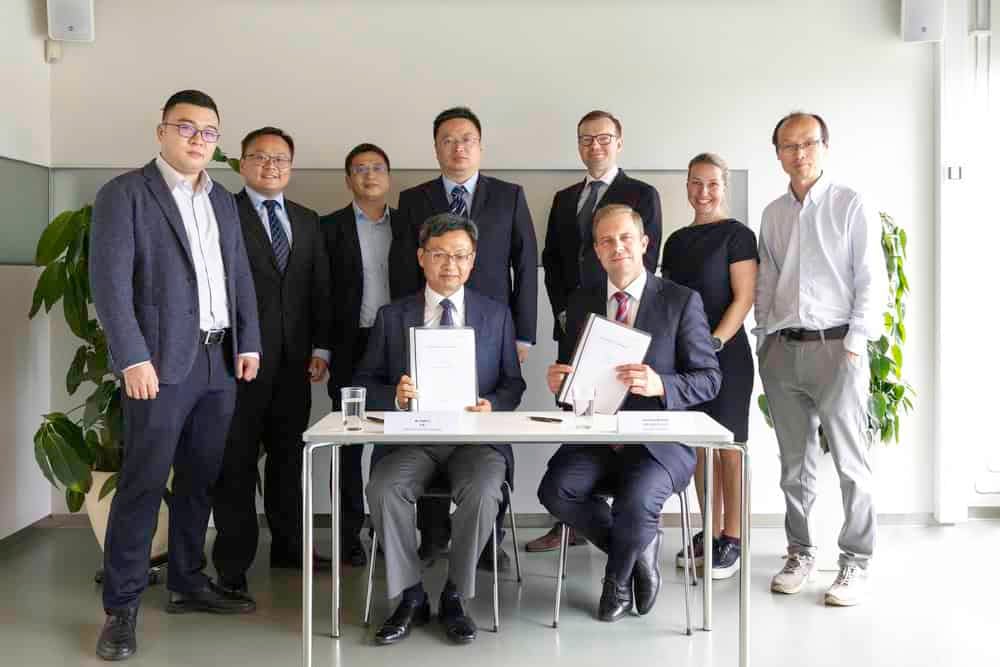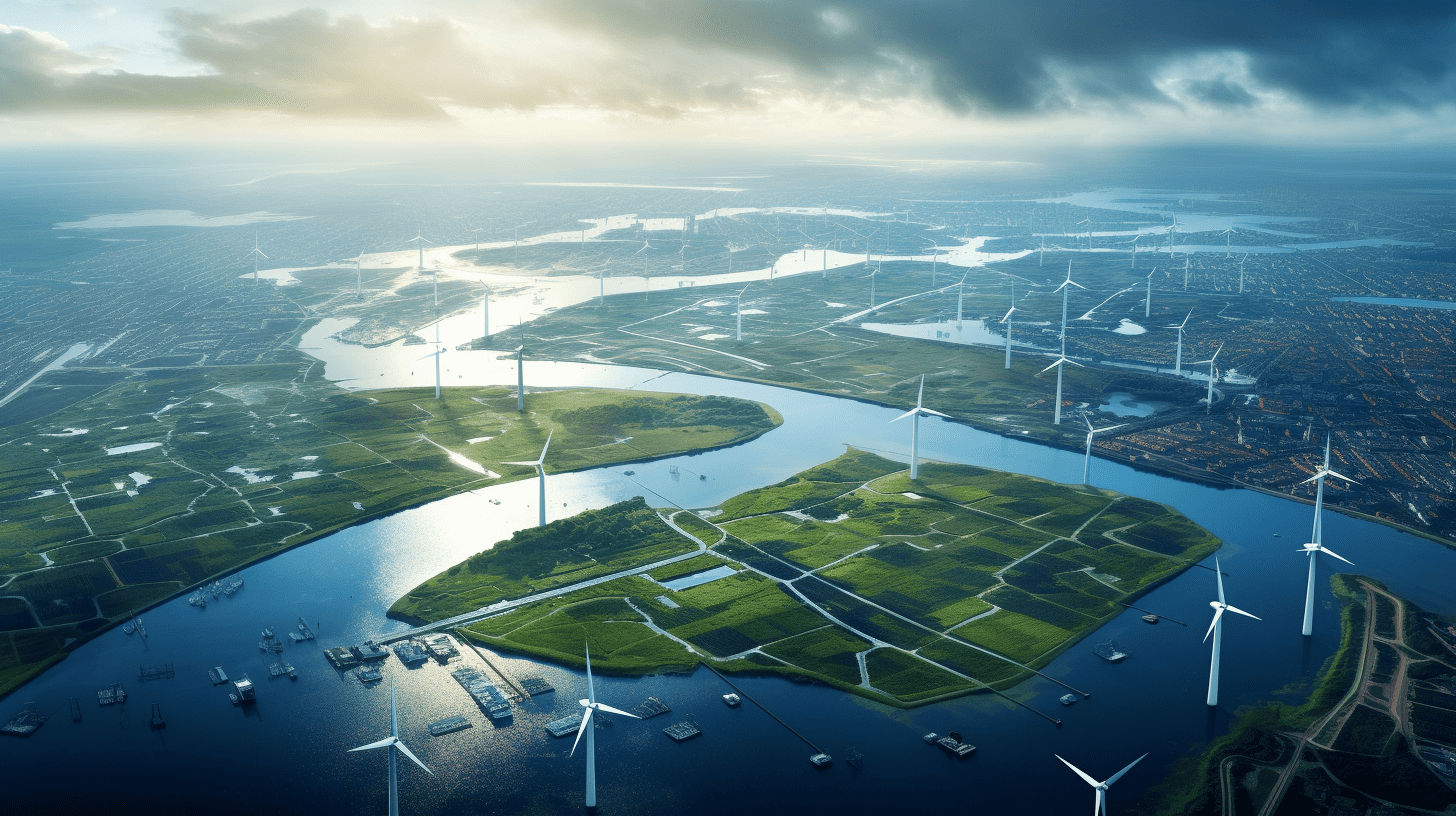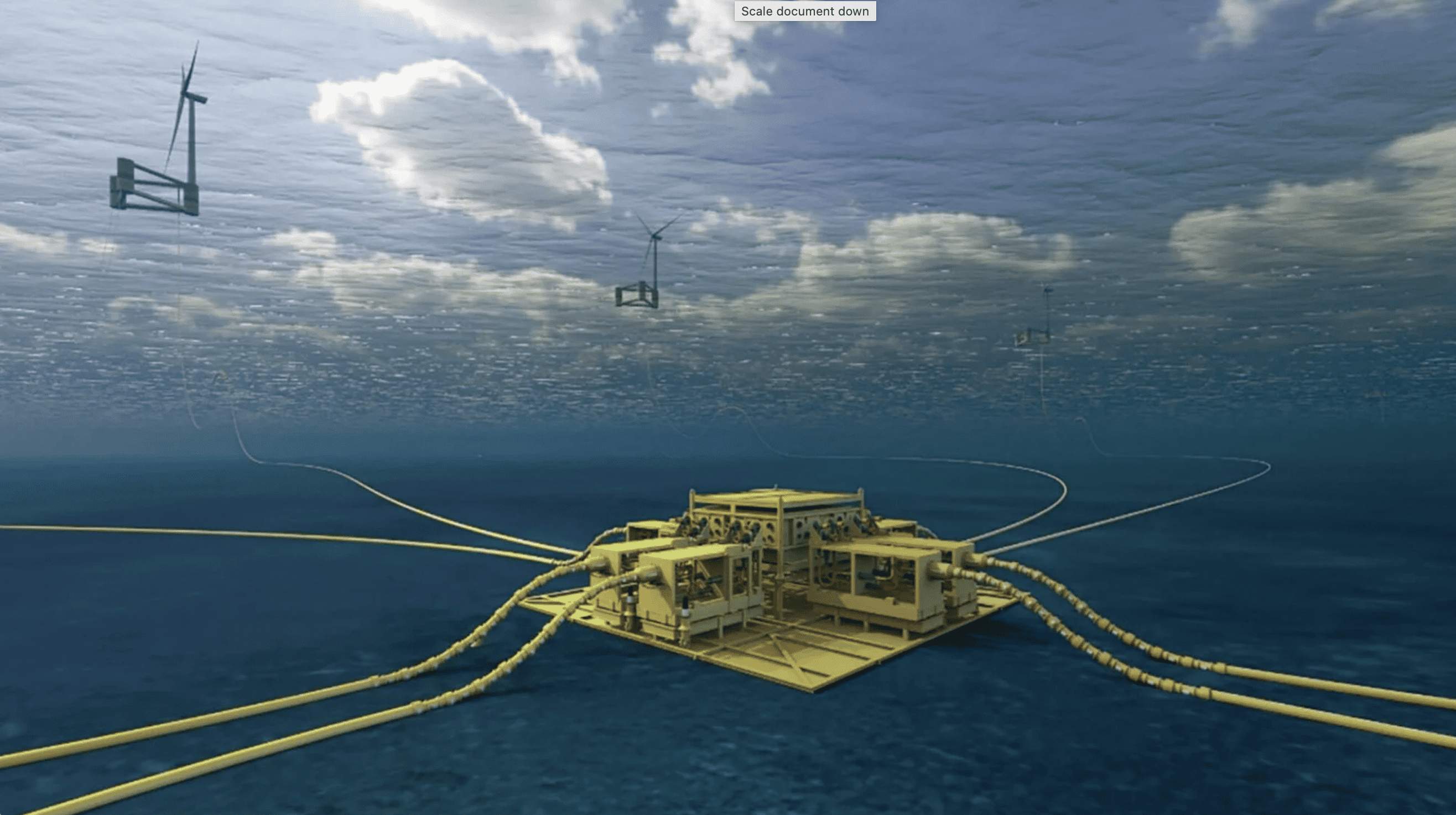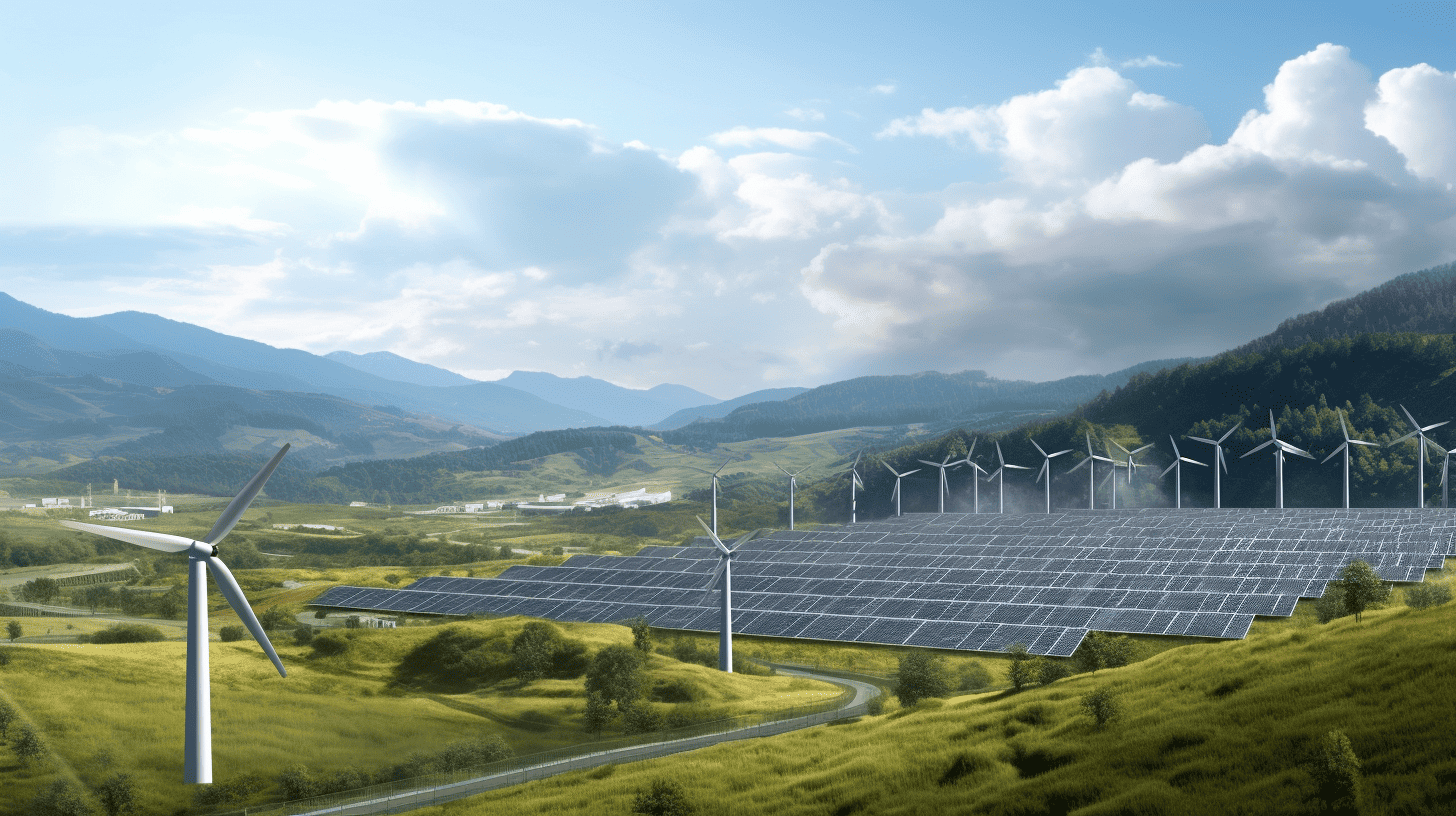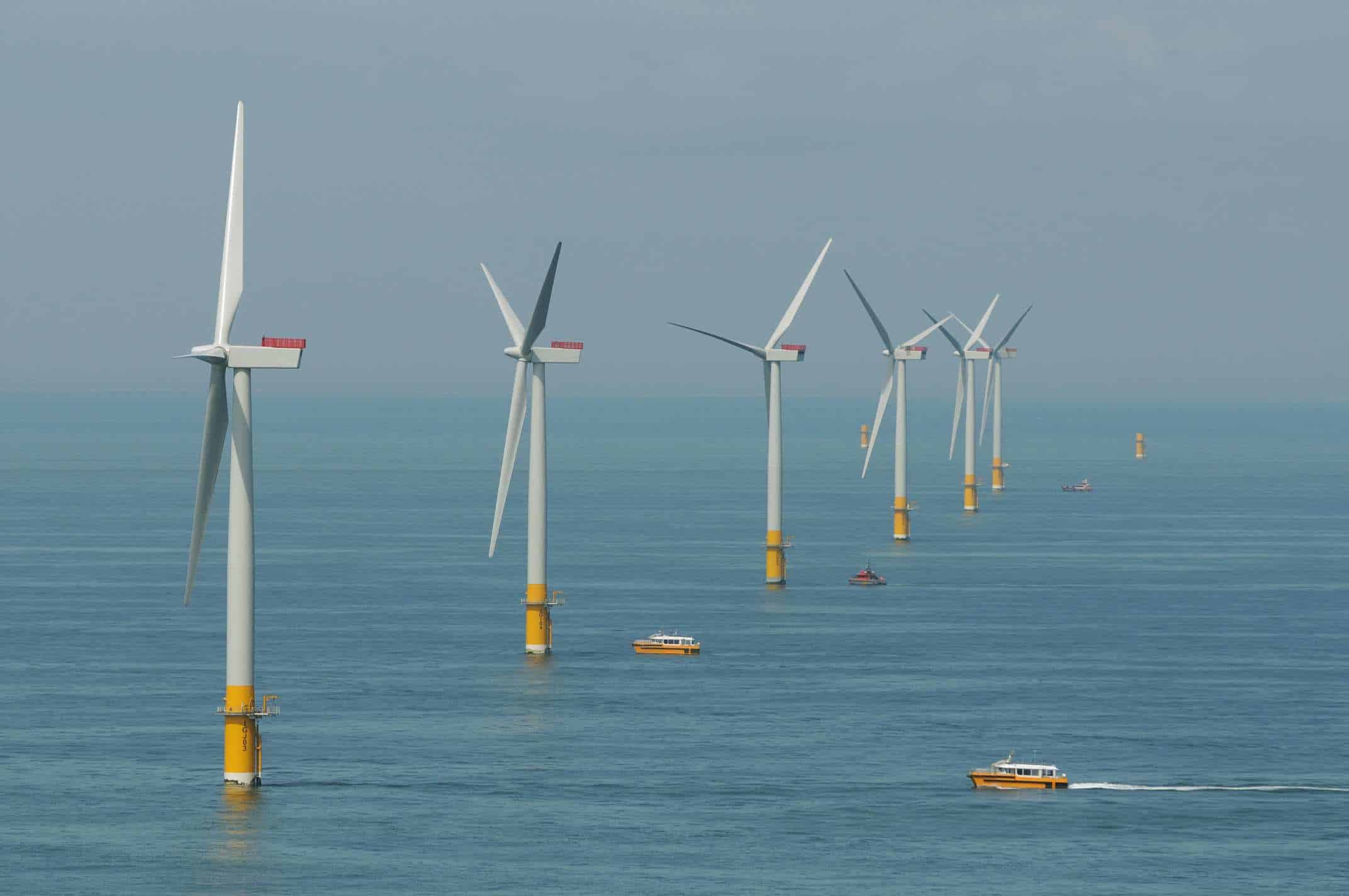
Norwegian company World Wide Wind AS has joined forces with contracting and industrial firm AF Gruppen to test a groundbreaking offshore, floating wind turbine in Norway. The unique design of the 30kW prototype features two counter-rotating blade sets on a vertical axis, an innovation expected to increase energy output. The turbine can also adjust its position according to wind direction, much like a sailboat.
- World Wide Wind has joined forces with AF Gruppen to test a groundbreaking offshore, floating wind turbine in Norway.
- WWW aspires to create turbines two and a half times more powerful than the largest currently available.
Following the prototype testing, a 1.2MW pilot is slated for 2025, and a commercial 24MW turbine is expected to be launched before 2030. The design’s scalability could potentially see turbines exceeding 40MW in the future. The design’s focus on reducing engineering stresses and material costs could significantly lower the cost of offshore wind energy, and its potential for large-scale production could substantially contribute to the global renewable energy mix.
Revolutionizing renewable energy
The collaboration between World Wide Wind AS (WWW) and AF Gruppen marks a significant step towards harnessing the untapped potential of offshore wind energy. With a prototype that incorporates a novel double turbine design, the project aims to achieve greater energy output and efficiency. Unlike traditional horizontal-axis wind turbines (HAWTs), WWW’s design keeps the heaviest components at the bottom of the structure. This innovation could reduce material costs and engineering stresses, offering a sustainable solution for floating wind turbine technology.
The 30kW prototype, towering at 19 meters, will undergo rigorous testing at the AF yard in Vats. This phase is critical to validating the design’s functionality and performance. It is a precursor to the planned 1.2MW pilot test scheduled for early 2025. By targeting a commercial launch of a 24MW turbine before 2030, WWW is not only pushing the boundaries of technological innovation but also setting the stage for future advancements in renewable energy.
A leap towards colossal turbines
Imagine 400-meter-tall turbines, each capable of generating 40 megawatts of power. This is the vision of WWW, with aspirations to create turbines two and a half times more powerful than the largest currently available. This giant leap in scale is part of a broader strategy to decrease the Levelized Cost of Energy (LCoE) to under US$50/MWh — a figure that is less than half of what the most advanced HAWT installations are projected to deliver by 2027.
These colossal turbines could revolutionize the offshore wind industry by offering unparalleled scale, power, and density. The unique design allows for the turbines to tilt with the wind, akin to a sailboat, rather than resisting it. This capability could lead to a radical reduction in offshore wind costs and a significant increase in energy production, especially in countries like Norway, where offshore winds are stronger and more consistent.

Environmental considerations and performance validation
However, as with all innovations, there are challenges to be addressed. The environmental impact assessments and regulatory frameworks for deploying such large structures in maritime environments are crucial. These assessments ensure the turbines are in harmony with the marine ecosystem and comply with stringent offshore installation regulations. While the provided sources do not delve into these aspects, they are integral to any offshore development and must be thoroughly conducted to maintain sustainability.
Performance data from initial testing phases are essential for validating the efficiency and cost-effectiveness of the counter-rotating turbines. Such data will support the projected LCoE and efficiency claims and bolster confidence in the technology’s viability. It is expected that as testing progresses, more concrete performance metrics will become available to substantiate these claims.
Engineering ingenuity at its best
At the heart of WWW’s design is the vertical-axis wind turbine (VAWT), which brings numerous advantages. The VAWT’s simpler design, lower centre of gravity, and omnidirectional capability make it less invasive to the environment and more cost-effective in terms of maintenance. In addition, the vertical axis allows for a more compact arrangement of turbines, as they can be placed closer together due to reduced wake effects.
This innovative approach to wind turbine design involves significant engineering ingenuity. WWW’s turbines aim to match the efficiency of conventional HAWTs while radically simplifying the structure. The reduced complexity and promise of lower costs could make the technology more accessible and scalable, potentially leading to wider adoption in the global push for renewable energy.
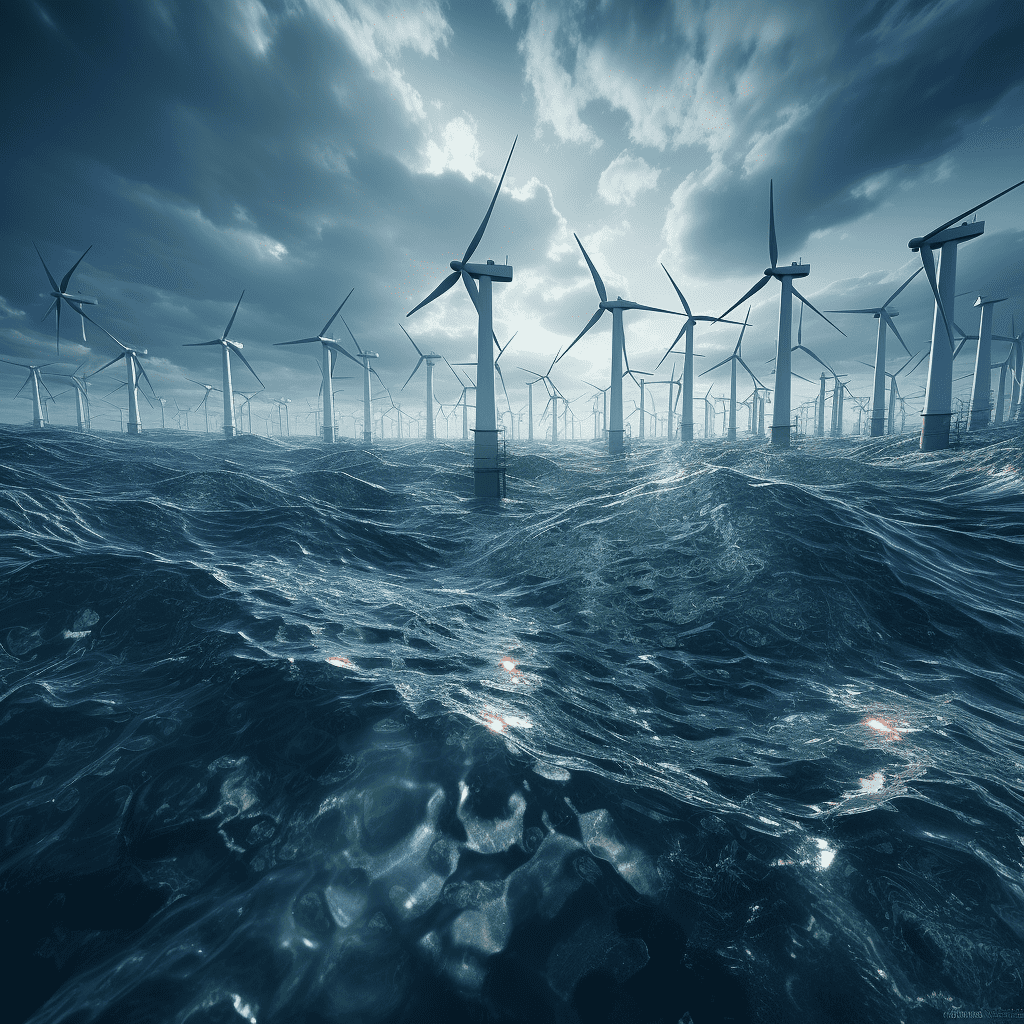
Scaling up for a sustainable future
The ambitious scale of the project is matched by its potential impact on the renewable energy sector. By enabling the construction of larger and more powerful turbines, WWW could offer a solution to the growing demand for clean energy. With current prototypes demonstrating the effectiveness of the counter-rotating design and a drive train with 98 percent efficiency, the groundwork is laid for the transformative power of these turbines.
As WWW progresses with its prototype testing and development, the world watches with anticipation. The success of this project could herald a new era for wind power, where floating turbines capture the stronger, more consistent winds of the deep ocean. This could play a pivotal role in the global shift towards sustainable energy sources, reducing dependency on fossil fuels and mitigating the effects of climate change.



